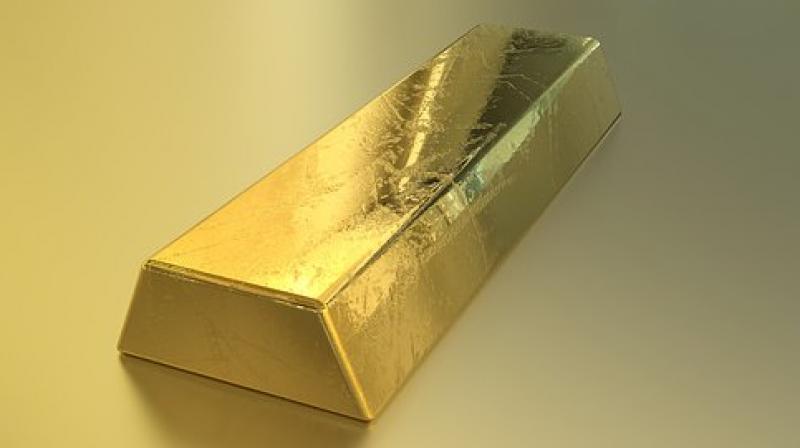Mysterious origin of gold decoded

Gold came to the Earths surface from the deepest regions of our planet, according to a study that sheds new light on the origin of the precious metal.
Origin of gold is one of the most intriguing mysteries for mankind since ancient times which even today does not have an answer that convinces the scientific community.
The study by researchers, including those from University of Granada in Spain, has established that the gold came to the Earths surface from the deepest regions of our planet.
The Earths set of internal movements would have favoured the ascent and concentration of the precious metal.
The researchers have found evidence of the process in the Argentinean Patagonia, which in addition represents the first register of gold found under the South American continent, specifically at a depth of 70 kilometres.
The interior of the Earth is divided into three large layers: crust, mantle and core.
"The minerals we extract and which support our economy are located in the crust. And, although we are experts in taking advantage of them, we still know very little about their true origin," said Jose Maria Gonzalez Jimenez, from the University of Granada.
"The search for gold has motivated migrations, expeditions and even wars, but its origin is one of the main questions in the field of mineral deposits genesis," said Jimenez.
The mantle is the layer separating the nucleus from the crust in which we all live, and its upper limit is located at about 17 kilometres under the oceans and 70 kilometres under the continents.
"This distance is unreachable for mankind, since we do not possess the means for reaching the mantle and thus knowing more about it in a direct way yet," said Jimenez.
Volcanic eruptions bring with them small fragments, or xenoliths, from the mantle under the continents to the surface.
Those rare xenoliths are the ones that have been studied in this research. In them, the researchers have found tiny native gold particles, whose thickness is that of a human hair and whose origin is the deep mantle.
The focus of the research has been the region of the Deseado Massif at the Argentinean Patagonia, one of the largest auriferous provinces in the whole planet and whose gold mines are still being exploited, researchers said.
Since the concentration of gold at that spot in the crust is very high, the researchers have been able to figure out why mineral deposits are limited to some specific regions of the planet.
Their hypothesis is that the mantle under that region is unique: it has a tendency to generate gold deposits on the surface due to its history.
The findings of the research team shed new light on the formation of mineral deposits, which are generally attributed to an origin in the crust itself, without taking into account the role of a deeper root from the mantle.
The new evidence could contribute to a more advanced exploration of deposits that takes into account not only surface images of the crust, but also studies the depths of the mantle, researchers said.

